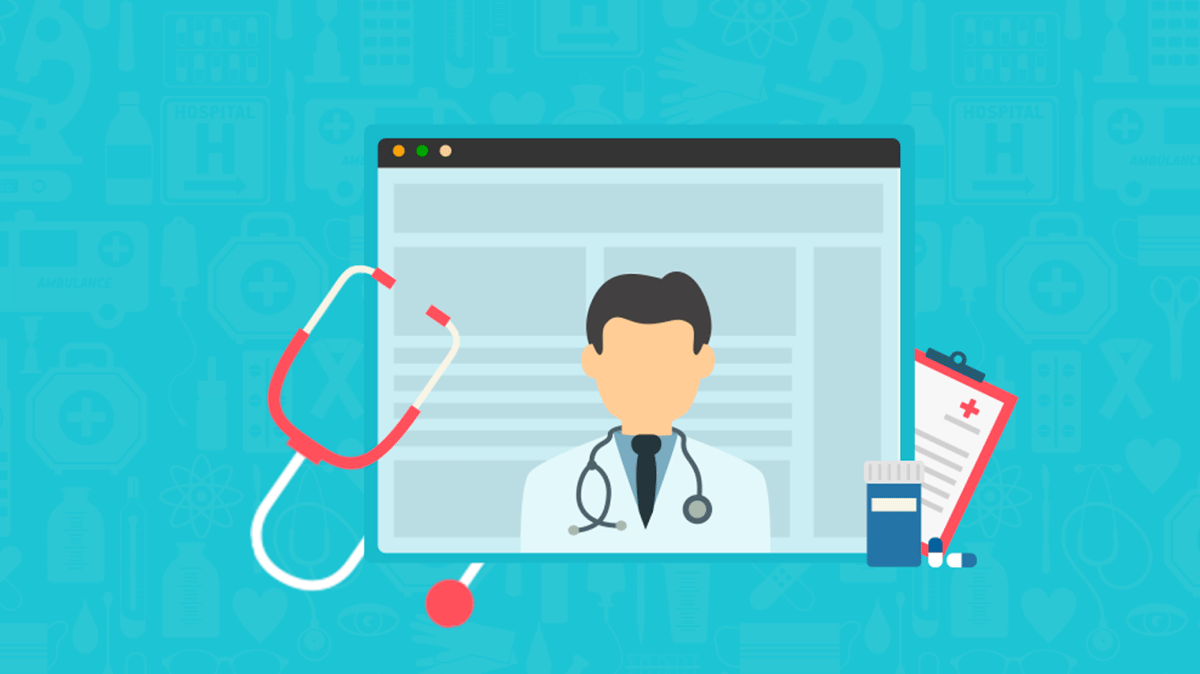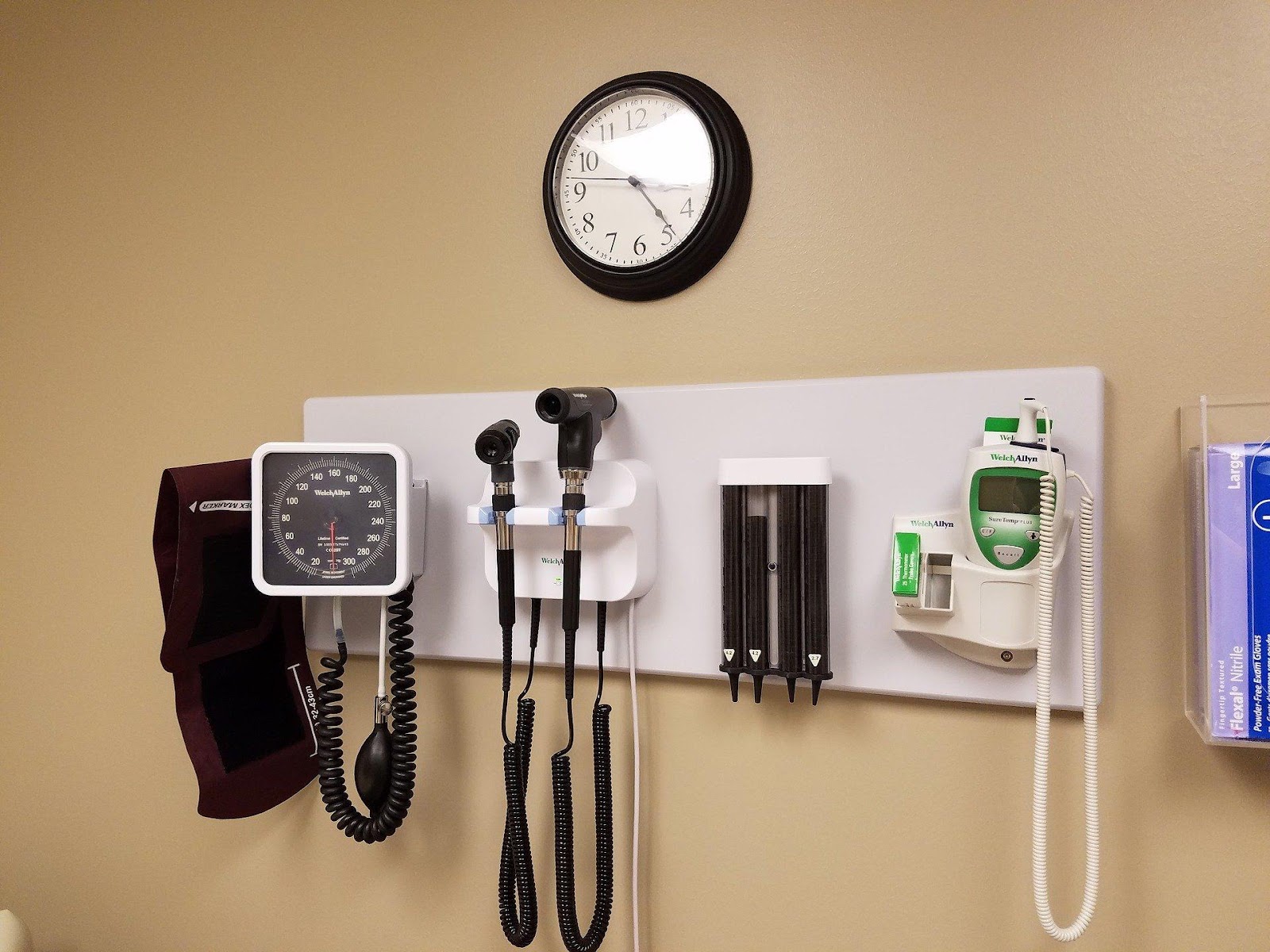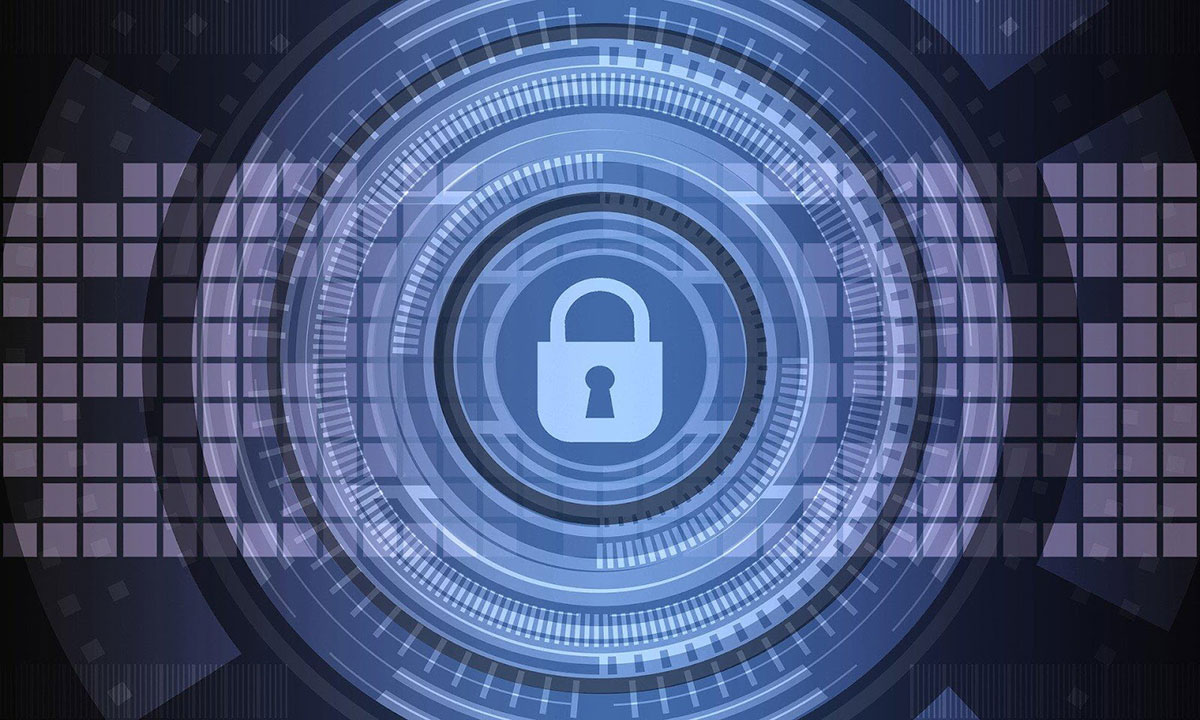How Remote Patient Monitoring Solves 5 Big Telemedicine Concerns
As the remote-online lifestyle becomes increasingly common, people are embracing the idea of telemedicine more than ever before.
In primary care, telemedicine services are already widely used as a way to complement in-person visits. But concerns over data privacy, cost of implementation, and compromised doctor-patient relationships have emerged as major obstacles to its widespread adoption. Can you relate?

Remote patient monitoring — abbreviated as RPM— comes to the rescue as an emerging service that improves outcomes for both patients and providers. RPM allows you to gather vital health data through approved devices, without disrupting the patient’s day-to-day workflow, and without compromising quality or time for your practice.
With improving automation and easy access to computers and healthcare devices, remote health monitoring is well on its way to being established as the norm, and may be the subset of telemedicine and telehealth that addresses all your reservations.
1. RPM Devices Collect Vital Patient Data

Remote patient monitoring devices are one of the most important keys to removing telemedicine roadblocks. When patients are–well, anywhere besides in their doctor’s office, properly examining them, checking vitals, and identifying any health risks is practically impossible for the provider. Telemedicine may allow for virtual appointments, but how are doctors supposed to make informed, data-backed decisions about their patients’ health if they can’t examine them?
Enter remote health monitoring devices.

These devices are prescribed to patients according to which health metrics their provider needs to monitor. With real-time vital health data coming in far more consistently than providers would have access to during in-person patient visits, RPM hasn’t just solved a major drawback to telehealth, it solved a major drawback to infrequent patient visits as well.
Now, do not confuse virtual health devices with RPM devices. Not all virtual health devices are approved for remote patient monitoring. Why is this significant? Because only RPM can solve the second telehealth concern listed below.
2. RPM Takes Care of Costs and Reimbursement
A major consumer concern about online visits to the doctor is the associated cost. Patients are often unsure if private and public insurance companies would cover telemedicine expenses or not.
In light of the global pandemic, more and more insurers are now recognizing the immense potential of telemedicine to drive down costs. Wider insurance coverage, that includes RPM, offers a win-win solution that reduces overall costs to both providers and patients, and delivers better patient outcomes in the process.
Reimbursable RPM services also guarantee proper documentation of all costs. All expenses are carefully tracked and automatic receipts are generated so that health professionals can always take account of the costs to be reimbursed.
State legislatures increasingly approve of telemedicine as a valid alternative to in-person consultations, and issues related to reimbursement are being resolved quickly and constructively.
Learn more about remote patient monitoring reimbursements
3. RPM Encourages and Facilitates Doctor-Patient Relationships

The human need for emotional reassurance and in-person interactions is another factor responsible for keeping patients away from telemedicine services. People are often unwilling to adopt online healthcare solutions because they seem impersonal and detached. Some patients might also have concerns about sufficiently communicating their symptoms over voice or video calls.
RPM overcomes most of these issues by providing an intimate and dedicated means of communication between you and the patient. Wearable health monitoring devices collect all vital data accurately and consistently, opening doors for continuous, comprehensive patient care. Round-the-clock support can be provided via SMS, email, voice calls, or video calls, as needed.
4. RPM Simplifies Technical Matters

The technical know-how and devices necessary for telemedicine and remote patient monitoring can be daunting for some patients, especially for the older patient populations. Regular use of telemedicine and remote patient monitoring systems definitely requires some technical training and understanding of health devices. To make sure that the service is accessible to all, RPM platforms are built with usability in mind, and make doctor-patient communication easy and straightforward. Face-to-face training on RPM platforms and devices can even help reduce any initial anxiety, helping patients adapt quickly to their new care management system.
The exponential rise in the acceptance of online platforms is also very promising. The average person can now navigate websites, video chat applications, and several other online operations with relative ease. As costs of home health monitoring devices plummet and access to online systems becomes easier, these issues are unlikely to cause difficulties in the near future.
5. RPM Ensures Data Security and Privacy

Critics of telemedicine often bring up arguments about data handling and security to oppose its widespread use. Questions about data access protocols, encryption strategies, and firewall security are completely valid, and remote patient monitoring companies recognize that.
As with organizations that offer online banking utilities, remote patient monitoring platforms acknowledge the need for first-class cybersecurity measures to protect personal data. Strict encoding and verification procedures are implemented to ensure that patient data can only be accessed by their healthcare providers and for their benefit.
Open communication in the form of transparent company policies and equitable contracts also guarantees that the user or patient remains in control of their own data at all times.
6. RPM Advances Public Integration and Awareness

Complete integration with the existing healthcare system may be the biggest challenge the telemedicine industry is facing today. Although remote patient monitoring solutions have come a long way since their inception, there are still uncertainties about how well they can harmonize with traditional healthcare approaches.
State legislatures show quite a bit of variation in their sanctioning of telemedicine companies. It remains to be seen if communities accept RPM as a service complementary and conducive to improved health and well-being outcomes.
Nonetheless, Medicare’s coverage, as well as commercial coverage, of remote healthcare solutions is growing each year, and satisfied users are taking it upon themselves to spread the word about telemedicine. Moreover, the pros of RPM are increasingly outweighing the cons.